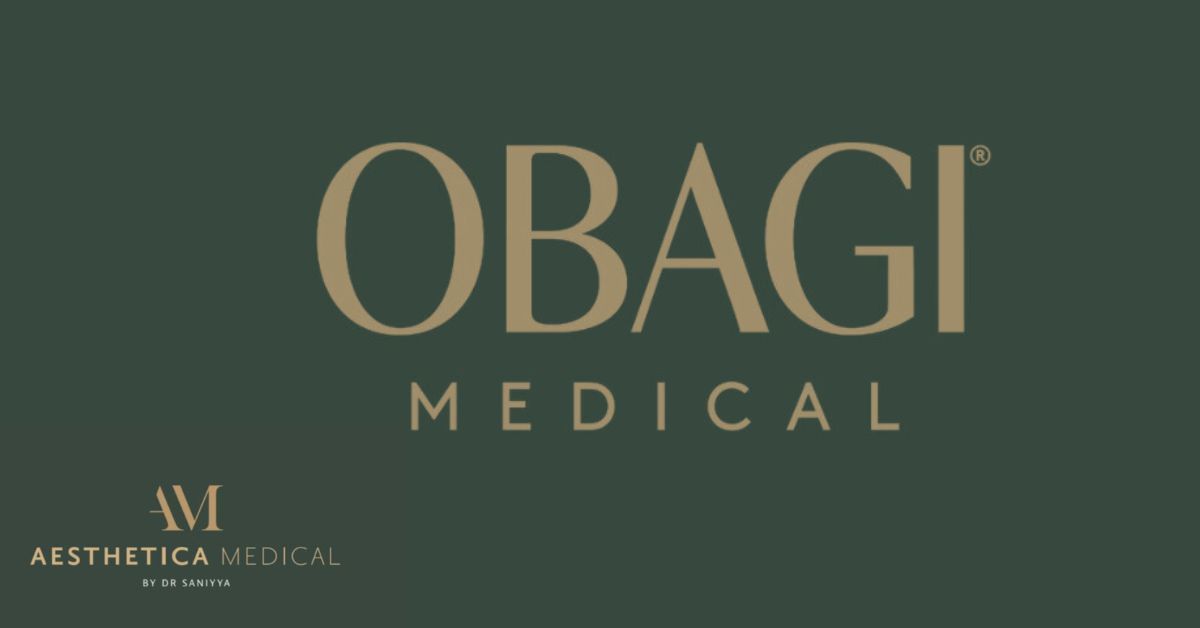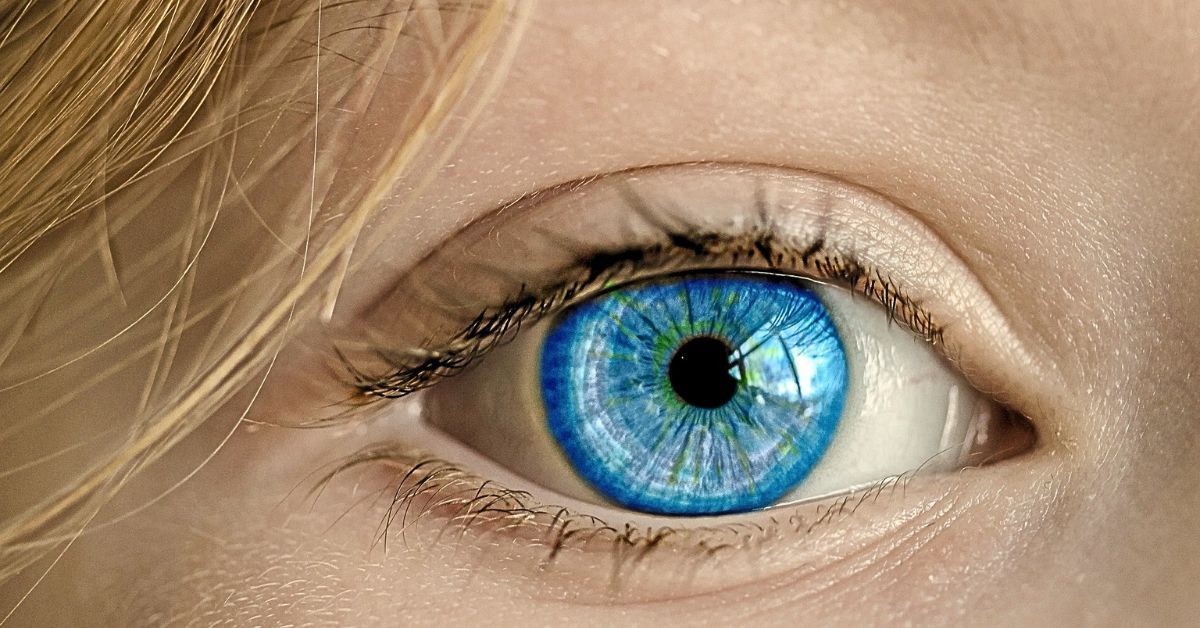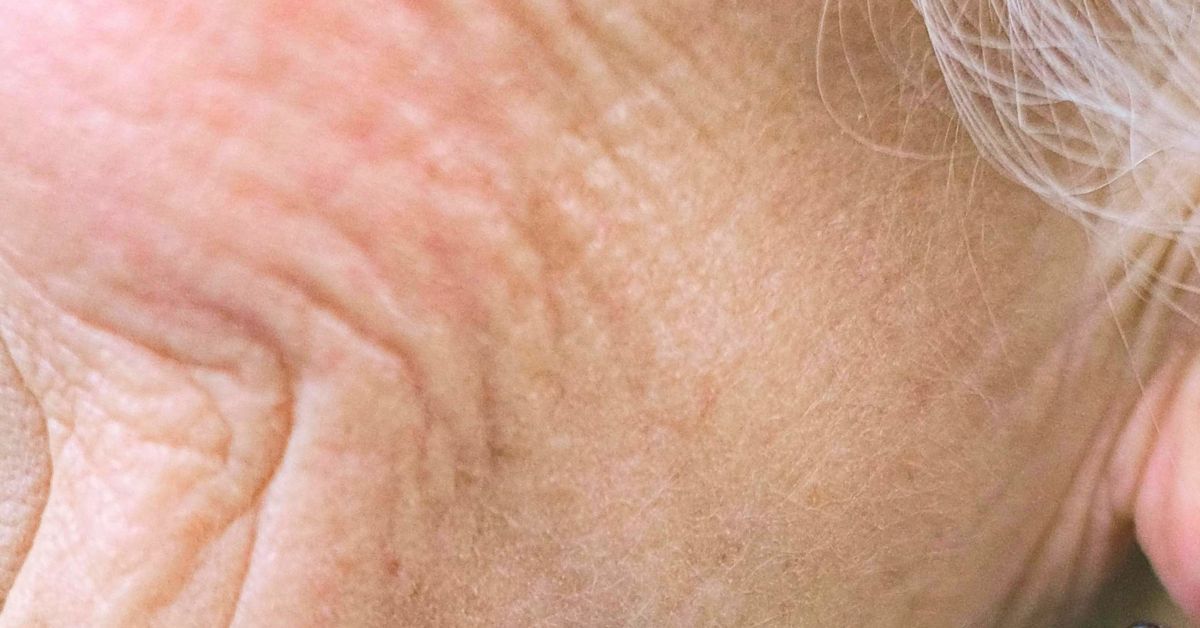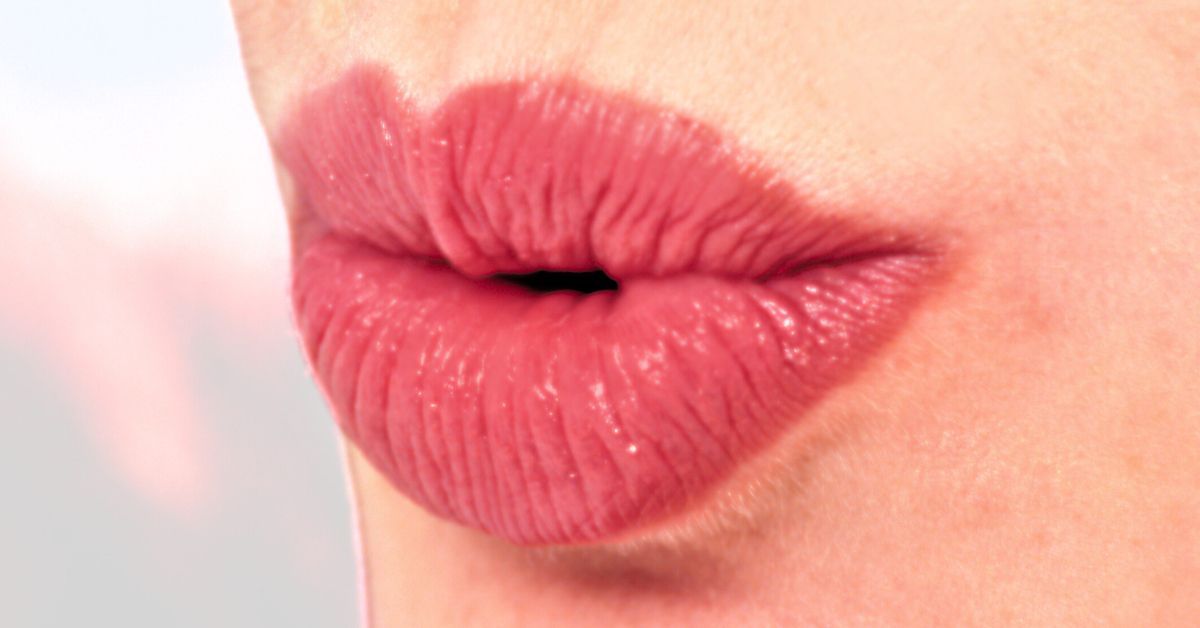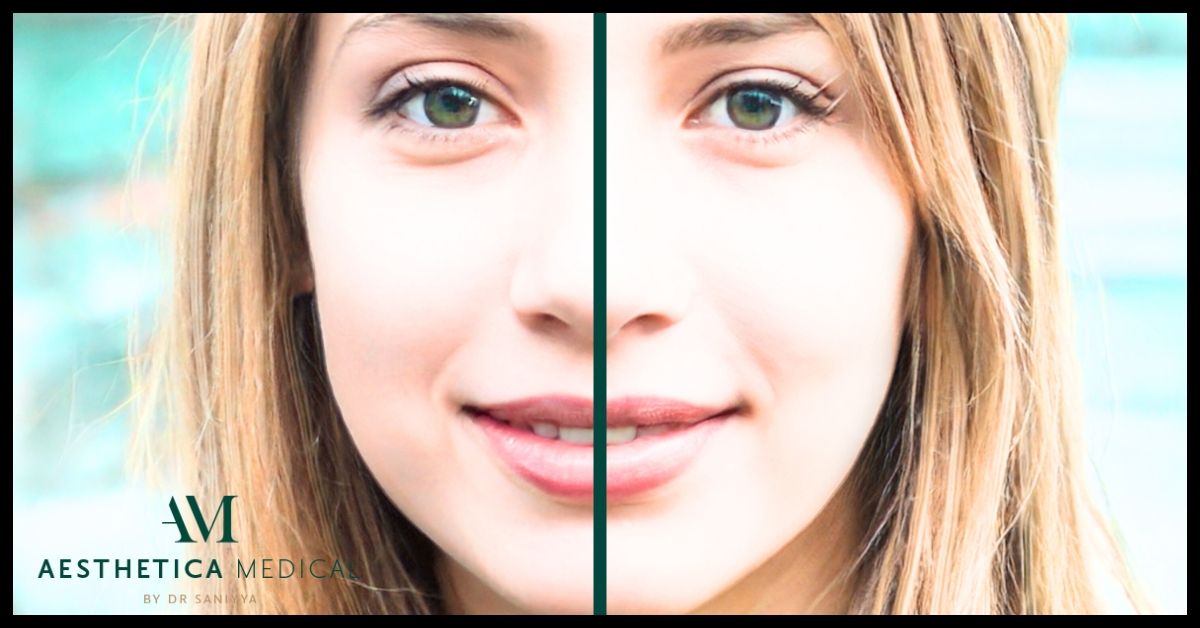How Long do fillers last?
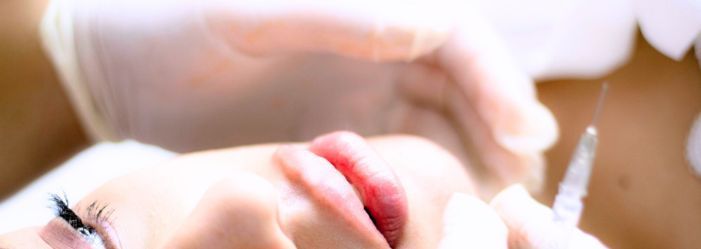
You might be considering dermal fillers and wondering how long they last for. We get this question a lot in clinic. You may see many slightly varying numbers on aesthetic clinic websites. Yes, different patients will see different results but we attempt to give the definitive answer. We focus here on hyaluronic acid (HA) fillers, since these are most commonly used in aesthetics (we use them at Aesthetica Medical). They are also reversable. We based this information here on clinical studies and expert reviews, rather than marketing claims.
What is HA Exactly?
Hyaluronic acid is a natural sugar molecule that holds water in your skin. In fillers it is cross-linked into a gel and injected to add volume and smooth lines. HA is highly hygroscopic meaning it can bind up to the often quoted ‘1,000 times its weight in water’ so each injection draws in moisture and ‘plumps’ the area. Over time your body’s enzymes (hyaluronidases) and free radicals will gradually break down the gel. Uncross-linked HA (as used in some skin serums) dissolves over a matter of days, but the cross-linked gels used in dermal fillers resist degradation for months. In short, you get the immediate volumising effect, which fades slowly as the gel is absorbed.
In practice, most HA fillers will last around 6 to 18 months, depending on factors such as the injection’s site, the product’s formula, and your individual metabolism. Clinical studies have shown that HA fillers often maintain visible effects for over 12 months, and in some cases, much longer. One review found HA fillers remaining detectable for 2 years or more in some patients (1). The same review noted that mobile areas (lips, around the mouth) tend to fade sooner.
Factors that influence how long your filler lasts
Injection Area
Fillers in active or thin-skinned areas (the lips or tear troughs under the eyes) tend to break down faster. Cheeks and jawline more static and often hold volume longer.
Product Formulation
Higher concentration of HA and stronger cross-linking generally means longer duration. In one split-face study of nasolabial folds (laugh lines) we found a denser Juvederm Ultra Plus (24 mg/mL HA) held volume better than a softer Restylane (20 mg/mL) over a period of 6 to 12 months (2) In simpler words, “stronger” gels resist enzymes longer. (3)
Volume injected
A larger amount of filler can maintain visible lift for more time simply because there is more material to dissolve. That study on Juvederm vs Restylane showed that a single treatment can give a clinically significant correction that lasts up to one year or more. (3)
Your metabolism and habits
If you have a very high metabolic rate, or lifestyle factors like smoking or sun damage, you may break down HA faster. These factors are hard to predict precisely, but they contribute to individual variation.
Below is a simple chart of typical longevity ranges for common HA fillers. These are approximate values from clinical literature and product data, illustrating how long an effect might last in each area:
| Area | Juvederm (HA) | Restylane (HA) | Teosyal (HA) |
|---|---|---|---|
| Lips | ~6–12 months | ~6–9 months | ~6–9 months |
| Cheeks (midface) | ~12–24 months | ~12–18 months | up to 18 months |
| Tear troughs (under eyes) | ~8–12 months | ~8–12 months | ~6–12 months |
| Nasolabial folds | ~9–12 months | ~6–9 months | ~6–9 months |
| Jawline | ~12–18 months | ~9–12 months | ~9–12 months |
| Chin | ~12–18 months | ~9–12 months | ~9–12 months |
Other types of fillers
Other filler types have different durations. Calcium hydroxylapatite (e.g. Radiesse® ) is a thicker gel used for deeper volume. Studies of CaHA in the jawline found clinically meaningful effects lasting over a year. (4), and it is often said to last about 12–18 months. Poly-L-lactic acid (PLLA, marketed as Sculptra® ) works by stimulating your own collagen; it typically requires 2–3 sessions and the results can build up and last up to 2 years in many patients. (The difference is that PLLA’s effect is slower to appear, but more durable, since it creates new tissue.)
To summerise, hyaluronic acid fillers generally give around 6–18 months of volume in most areas, with cheek and jawline injections often at the longer end of the range and lips/eyes at the shorter end. Each brand has its own typical longevity (as shown above). Your aesthetic injector will choose a product and injection plan (including touch-ups) to suit your goals and the area being treated. Bear in mind that individual factors (age, metabolism, movement of the area, and health habits) will affect the exact length of how long your results last.
We mentioned that every patient is different, these numbers and studies can help you set your expectations. With HA fillers you can always refresh or adjust (top up) the treatment over time. Because HA fillers are reversible, a skilled doctor can dissolve excess material if needed. In the meantime, you can generally expect that most hyaluronic fillers will maintain a visible improvement for at least six months and often a year or more assuming normal injection technique and you follow the aftercare instructions.
We hope this article makes things clear for you. We have avoided generic clinic claims and instead used peer-reviewed data to try to give you the clearest answer.
References
We are dedicated to providing you with the highest quality care and achieving optimal results. Book in for an appointment to see how we can help with your concerns.


